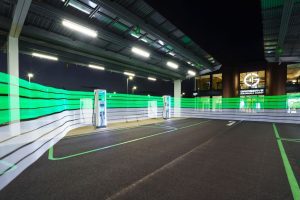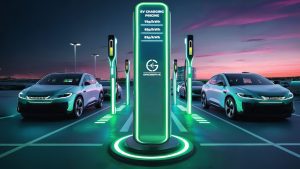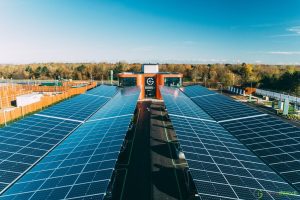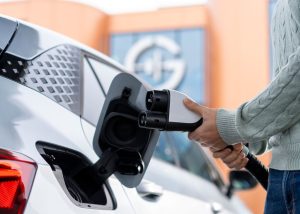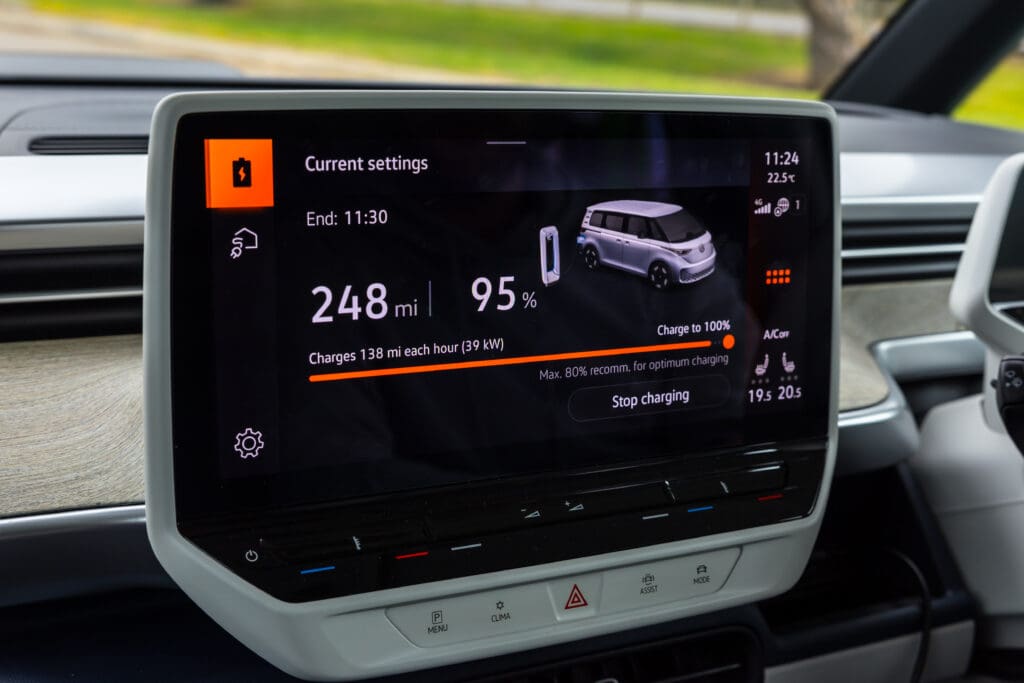

Charging speed is an increasingly big selling point for top-end electric cars, with the race to 80% charge in the shortest time becoming the modern day 0-60mph.
But claims of 80% in less than 20 minutes can be misleading and may leave you upset if when you plug in you don’t get the rapid re-charge you were expecting.
You shouldn’t immediately think there’s a fault with the charger or grid connection, though, as many factors affect charging speed. To explain why, we need some good old-fashioned GCSE maths…
How to calculate maximum EV charging speed
You know your car’s claimed maximum capability and you know the power of the charger… but what speed will you achieve?
On paper, it’s actually a very simple formula…
Maximum charging power = the charger unit’s maximum cable current x your car’s maximum battery voltage.
Let’s explain that in more detail.
Maximum cable current: This is driven by the charging station’s power output. For example, our 350kW-capable chargers (and our Terra 360) have a maximum cable current of 500A, while the 90kW chargers at our Electric Forecourts® and the Medium Power 60kW chargers on the Electric Highway operate at 200A. If you’re at another charging station, you can normally find this figure listed on the side of the charging unit.
Maximum battery voltage: The majority of electric cars on the market now use a 400v system with the exception of some of the latest, more expensive models, which have moved onto next-generation 800v technology, which allows faster and more efficient charging without adding weight.
The list of those with 800v systems currently includes the Porsche Taycan, Audi e-tron GT, Hyundai IONIQ 5, Kia EV6 and Genesis GV60. Naturally, the cost of 800v technology is higher but as the cost reduces, all manufacturers will likely switch across with GM, Lexus and Toyota already committed to doing so.
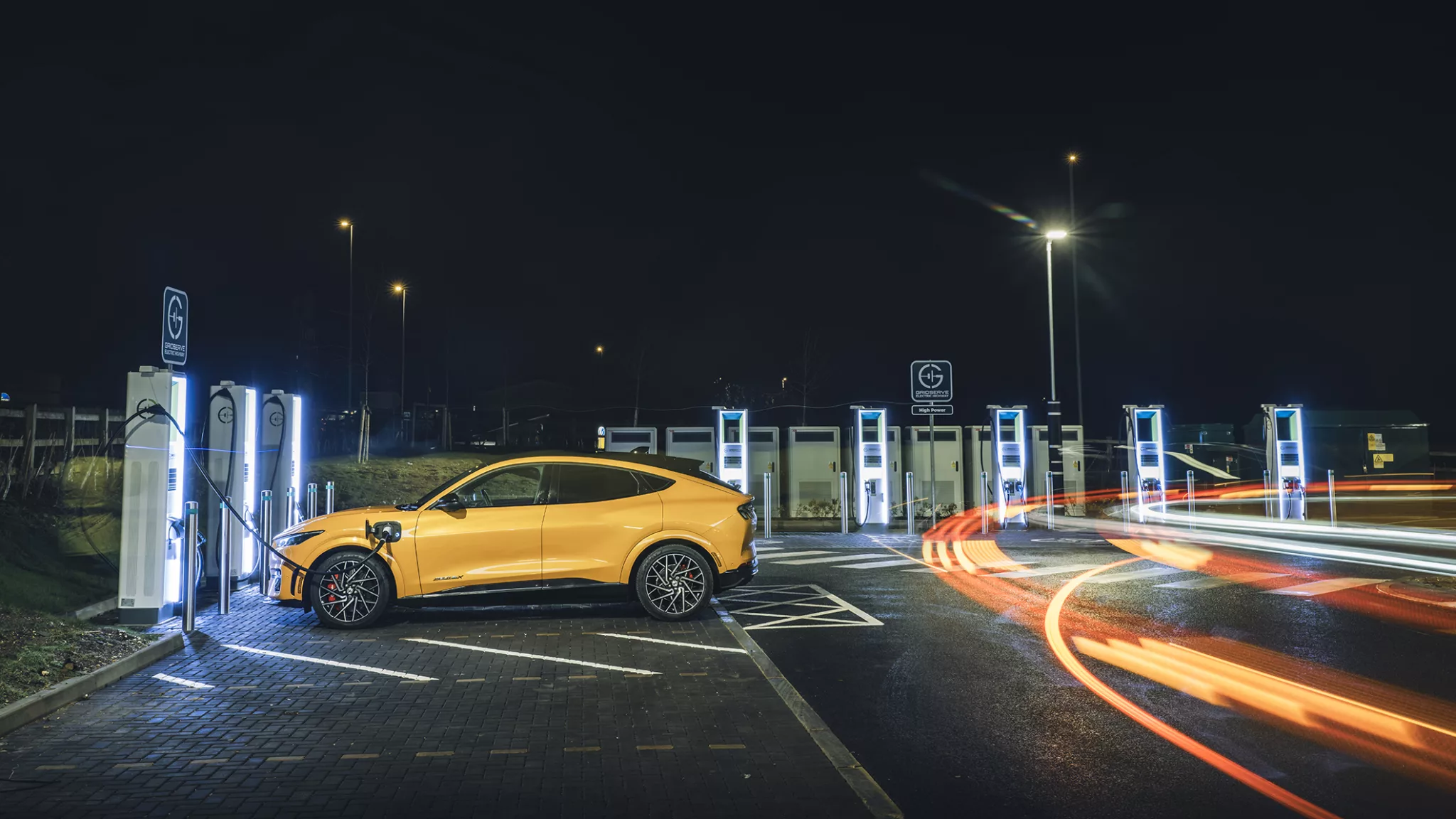
How does this impact how fast my EV battery charges?
It means the theoretical maximum speed at one of our 350kW High Power chargers (or Terra 360) is 200kW for most vehicles because of the limitation of the 400v system (that’s 500A x 400v = 200kW). Similarly, on our 90kW chargers, the 400v system means you’ll only ever be able to reach 80kW (200A x 400v), even if your car claims it is capable of more.
For those with 800v systems, you could theoretically achieve 350kW on our High Power chargers and the full amount at our 90kW chargers.
For example, here’s a few theoretical examples of 400v cars plugged into our 350kW High Power chargers.
Volkswagen ID.3
- Theoretical maximum power: 200kW
- Vehicle maximum charging rate: 170kW
Kia Niro EV
- Theoretical maximum power: 200kW
- Vehicle maximum charging rate: 77kW
Ford Mustang Mach-E
- Theoretical maximum power: 200kW
- Vehicle maximum charging rate: 107kW
Skoda Enyaq iV
- Theoretical maximum power: 200kW
- Vehicle maximum charging rate: 135kW
It’s important to remember, though, that all these figures we are using are peaks and if you hit them, they won’t remain for your entire charge – it’s why EVs have a thing known as the charging curve.
Depending on state of charge in the lithium ion batteries and overall battery health (plus other factors like battery temperature), the voltage and current available will fluctuate while it’s plugged in, directly impacting the power that your car will draw from a charger.
And that’s another thing to remember, while our chargers will offer a maximum power, the actual power of the charge is always determined by the electric car.
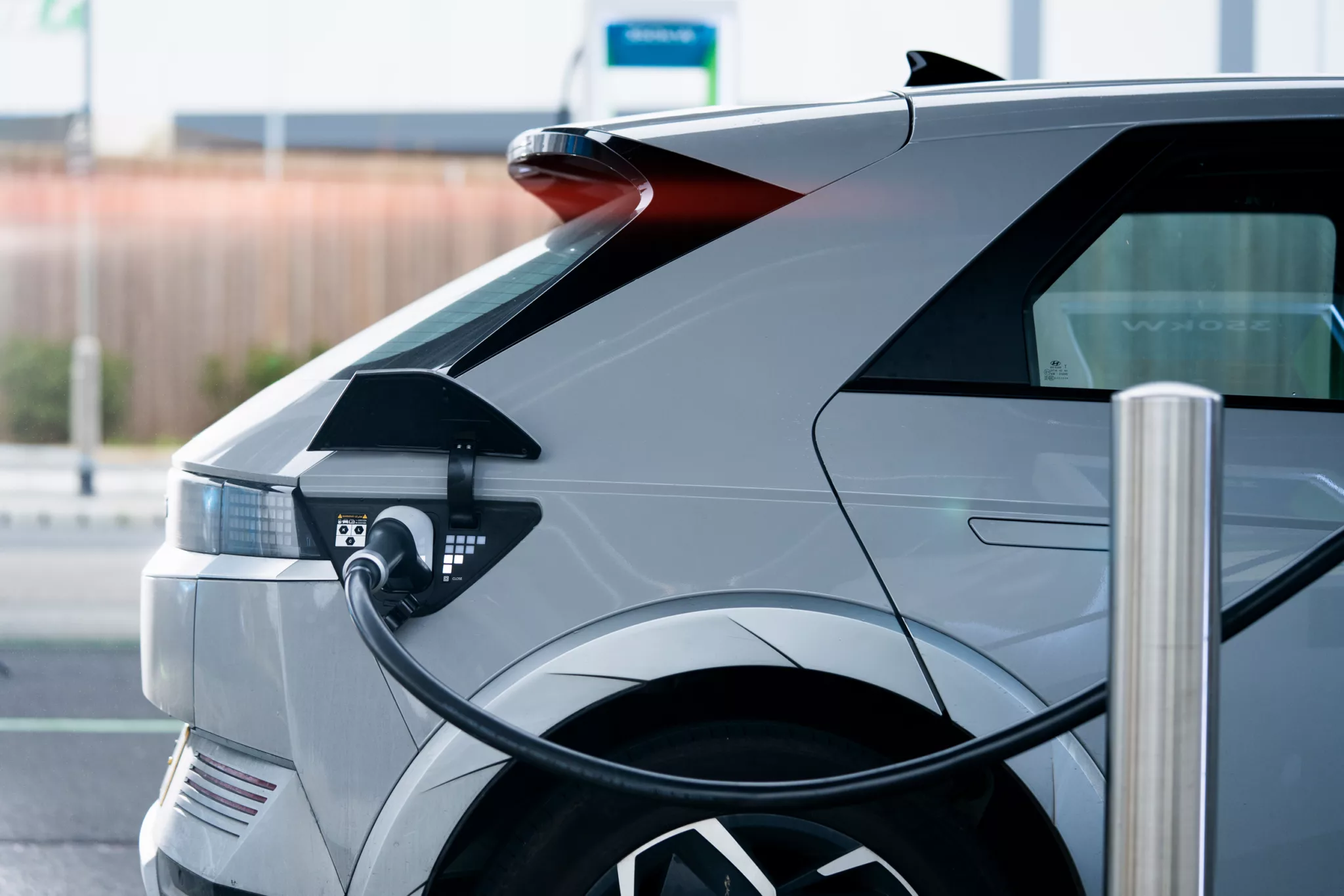
Why is my car charging slowly?
Before you report a faulty charger, there are several other reasons that mean your car might be showing slower charging speeds.
Firstly, in cold weather your electric car will experience slower charging times. EV car batteries work thanks to a chemical reaction of lithium ions but when it’s chilly this reaction happens slower.
To avoid this, it’s always best to pre-condition your EV to get things heated up quickly or drive a few miles before stopping off at a rapid charger. Some of the latest electric cars will use clever energy management tech to prep your battery ahead of charging if you put an electric vehicle charging location in the sat nav to maximise charging capability when you get there.
How much charge you already have in your battery will also affect your charging speed. If you’re above 80%, the car will slow the maximum charging power to avoid the cell voltages exceeding their limit (which would damage the battery).
Reduced charging speed could also be down to dual charging. We offer this at our Medium Power chargers and when active the power is split between the two vehicles plugged into the same charger so you’ll be capped at around 30kW.
And finally, the power available from the grid could also limit the max power to a site. If lots of electric vehicles are charging at once, you might find that the max power per charger is throttled back to keep the site within grid limits.
If none of the above can explain why you’re getting slow EV charging speeds, then let us know. We’re constantly auditing our charging network to always ensure full health and aim to repair any issues as quickly as possible.
